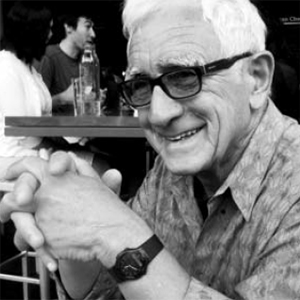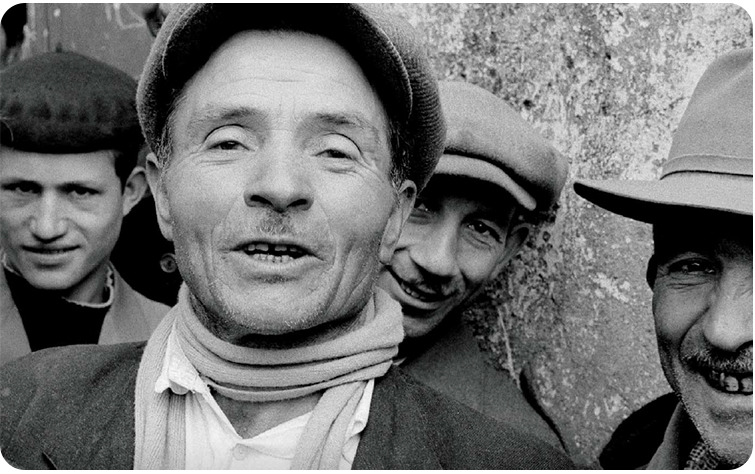| Visit socs.ci/summer17part1 to view in your browser. |
|
|
Sixty years in the making
How photos snapped by a young Fulbright scholar got new life six decades later, thanks to a snowstorm in Italy - - - - - - - - - - - - - - - - - - - |  |
|
“This was a time when the way people got visual reports of what was going on in the world was through Life Magazine,” he says. “And this way of telling stories through visuals is what got me interested in doing this kind of work.” So, with his camera in tow, the young adventurer struck out for Rome and soon found an opportunity to incorporate his love for photographing other cultures in his work. “I talked with the Fubright commission in Italy, showed them my senior thesis photos of the White Mountain Apache tribe in Arizona, and they gave me permission to use my book allowance to buy film,” he says. They also pointed him in the direction of Lacedonia, a rural farming community and hill town 100 kilometers east of Naples. Cancian was to travel there and link up with two social workers who could help him collect survey data for a famous anthropologist while Cancian also snapped pictures. Over six months, Cancian would travel back and forth from Rome to Naples by train and then on to Lacedonia via jittny - a tenuous mode of travel, he says, on a route containing certain stretches where the driver would “go real fast” to avoid bandits along the roadside. He lived for stints among artisans, merchants, farmers, and many young men who had been educated in Lacedonia to be teachers, but could find no jobs, learning their stories and taking their photos...
|
